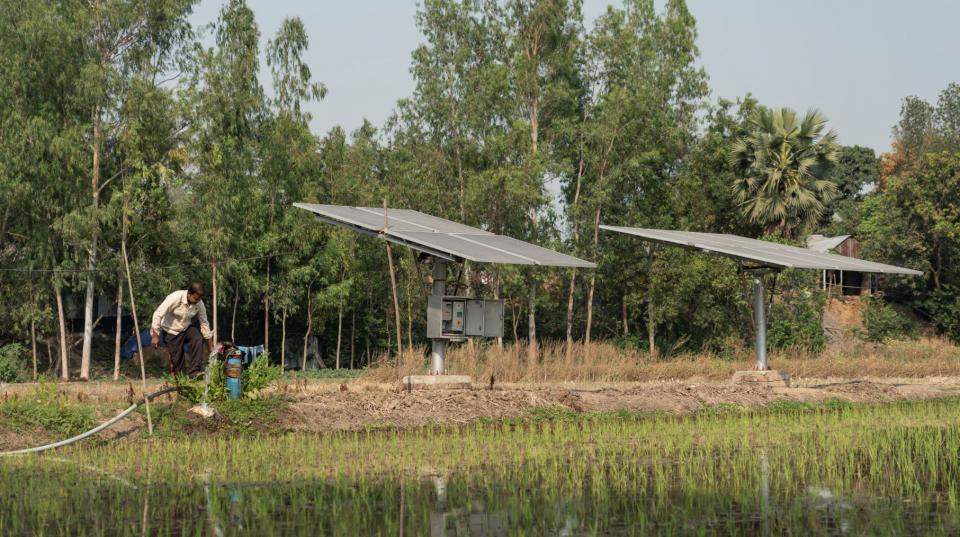Overview
This project aimed to improve livelihoods for women, marginal and tenant farmers in the eastern Gangetic Plains through improving dry season irrigated agriculture.
The eastern Gangetic Plains, which include the Nepal Tarai, Bihar and West Bengal regions, is one of the most densely populated and poverty-stricken belts in South Asia. Behind this persistent poverty are deeply entrenched social structures of class and caste, with a high incidence of inequitable landlord-tenant relations. This is combined with poor access to irrigation water in the dry season, limited irrigation capacity, and low agricultural innovation.
Poverty is linked to access to water. Technical, social and economic constraints have limited the effective use of groundwater and ponds for irrigation, and large areas of land remain fallow during the dry months. Access to year-round water for irrigation would significantly promote the productivity of agriculture, improving incomes and food security.
Project outcomes
- Determined existing water resources and sustainable utilisation for irrigation from tanks and groundwater.
- Determined the socio-economic, structural and institutional constraints to sustainable water use.
- Determined and evaluated approaches for access to water for irrigation, focusing on using renewable technologies and alternate approaches to land tenure, and their impact on livelihoods and resilience.
- Facilitated long term up-scaling and out-scaling of approaches and alternative opportunities.





